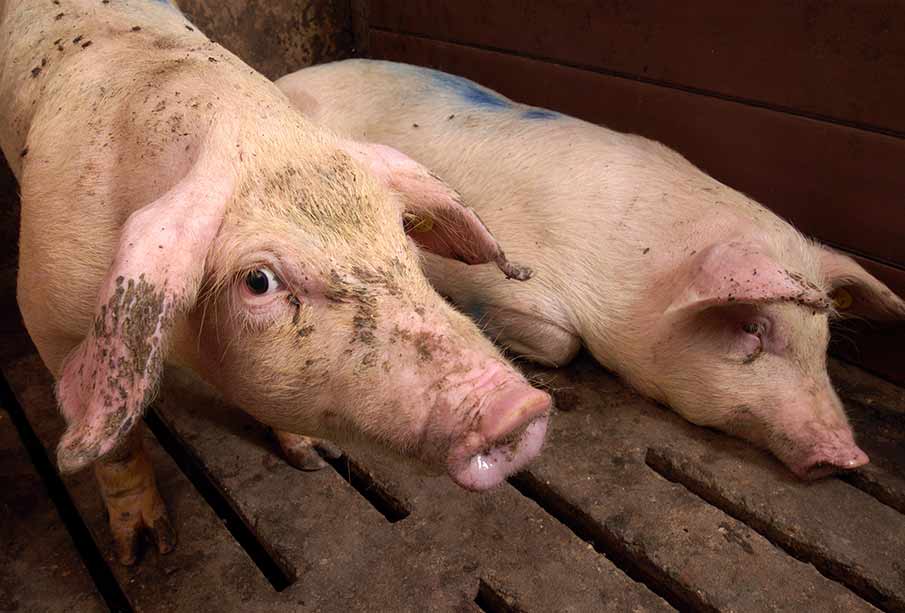The world is treating the health and economic symptoms of the coronavirus pandemic but not the environmental cause, according to the authors of a UN report.
As a result, a steady stream of diseases can be expected to jump from animals to humans in coming years, they say.
The number of such “zoonotic” epidemics is rising, from Ebola to Sars to West Nile virus and Rift Valley fever, with the root cause being the destruction of nature by humans and the growing demand for meat, the report says.
Even before Covid-19, 2 million people died from zoonotic diseases every year, mostly in poorer countries. The coronavirus outbreak was highly predictable, the experts said. “[Covid-19] may be the worst, but it is not the first,” said the UN environment chief, Inger Andersen.
The biggest economic costs fall on rich nations – $9tn (£7.2tn) for Covid-19 over two years, according to the IMF’s chief economist. This makes a very good case for investment in the countries where diseases emerge, the authors say.
The report said a “one health” approach that unites human, animal and environmental health is vital, including much more surveillance and research on disease threats and the food systems that carry them to people.
“There has been so much response to Covid-19 but much of it has treated it as a medical challenge or an economic shock,” said Prof Delia Grace, the lead author of the report by the United Nations Environment Programme (UNEP) and the International Livestock Research Institute (ILRI).
“But its origins are in the environment, food systems and animal health. This is a lot like having somebody sick and treating only the symptoms and not treating the underlying cause, and there are many other zoonotic diseases with pandemic potential.”
“An intense surge in human activity is affecting the environment all across the planet, from burgeoning human settlements to [food production], to increasing mining industries,” said Doreen Robinson, Unep’s chief of wildlife.
“This human activity is breaking down the natural buffer that once protected people from a number of pathogens. It’s critically important to get at the root causes, otherwise we will consistently just be reacting to things.”
“The science is clear that if we keep exploiting wildlife and destroying our ecosystems, then we can expect to see a steady stream of these diseases jumping from animals to humans in the years ahead,” said Andersen.
Wildlife and livestock are the source of most viruses infecting humans and the report cites a series of drivers of outbreaks, including rising demand for animal protein, more intensive and unsustainable farming, greater exploitation of wildlife, surging global travel and the climate crisis. It also says many farmers, regions and nations are reluctant to declare outbreaks for fear of damaging trade.


